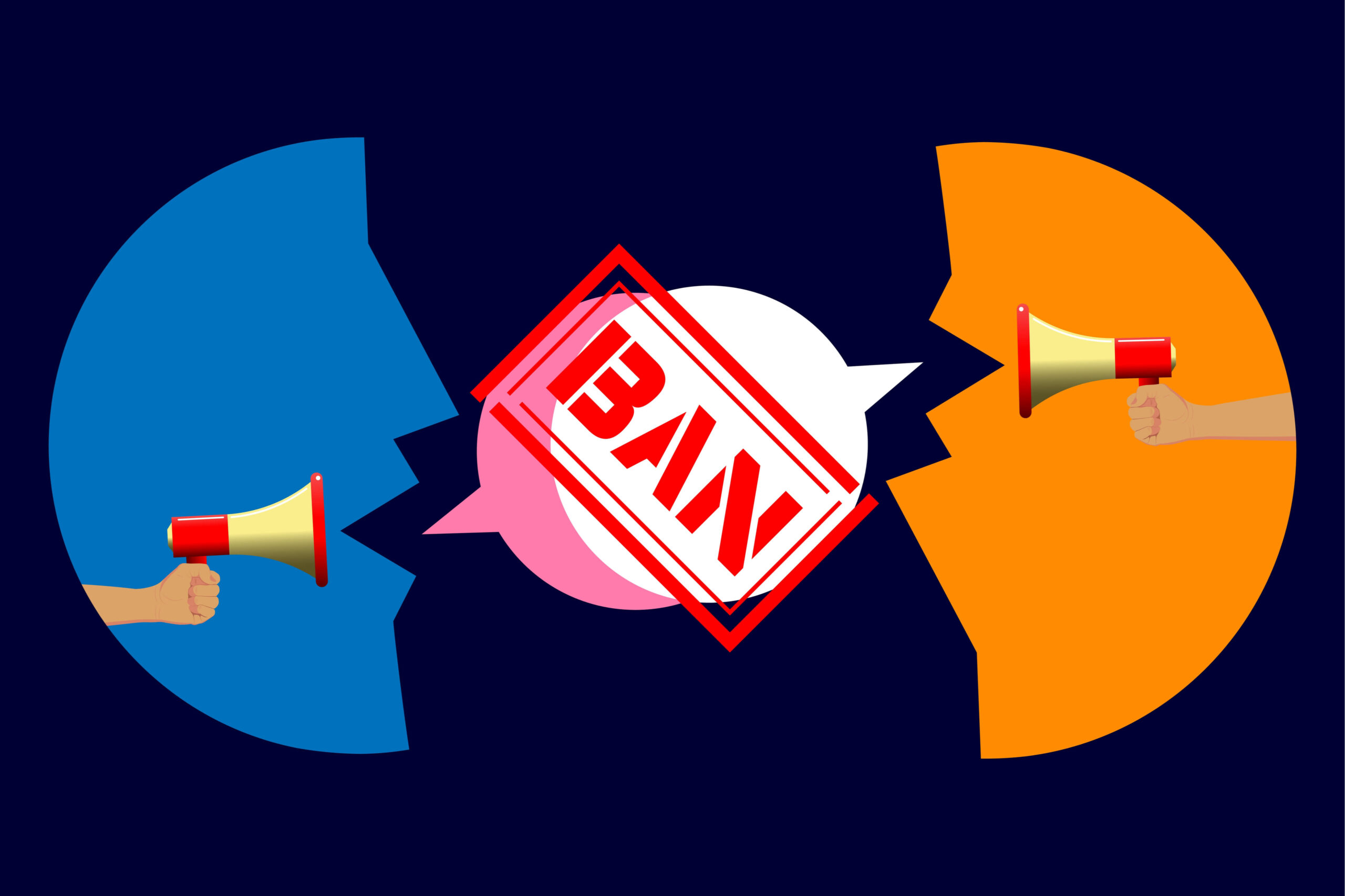
A Guide to Shadow Banning: Understanding Its Impact and How to Avoid It
Table of Contents
Shadow banning has emerged as a significant concern for users across various social media platforms. This practice occurs when a user is blocked from a social media site or online forum without their knowledge, typically by making their posts and comments invisible to others. For those affected, it can feel like being in “invisible mode”—only the banned user can see their posts, often leaving them unaware of the situation.
While most social media companies deny employing shadow banning, numerous users on platforms like Facebook, Instagram, TikTok, and Twitter report experiencing it. This phenomenon can be particularly detrimental to charities and non-profits, as reduced visibility limits their ability to raise awareness and connect with beneficiaries and donors.
How to Identify If Your Account Is Shadow Banned
If you suspect that your social media account has been shadow banned, here are a few methods to check:
Instagram: Recently, Instagram introduced a tool that allows users to check if their posts are less visible. To access it, go to Settings, select Account, and then Account Status. This feature provides insights into which posts may have violated community guidelines.
TikTok: Monitor your page views and statistics on the “For You” page. You can also use a hashtag in a post and then search for that hashtag; if your post appears, you likely aren’t shadow banned.
Facebook: Utilize inbuilt analytics tools to check for changes in engagement on your recent posts.
Why Do Accounts Get Shadow Banned?
Several reasons may lead to a shadow ban, including:
Violation of Community Guidelines: Posting content that contradicts platform guidelines can result in limited visibility. For example, Instagram’s Adam Mosseri noted that accounts might become ineligible for recommendations if they post content that violates these guidelines.
Controversial Content: Less “family-friendly” content may put users at risk on platforms like Instagram and TikTok, while sharing misleading information or clickbait can lead to shadow bans on Facebook.
Algorithmic Bias: Many marginalized communities report being disproportionately affected by shadow banning due to inherent biases in social media algorithms and moderation practices.
Impacts of Shadow Banning on Charities and Non-Profits
For charities and non-profits, the implications of shadow banning can be significant. Organizations addressing controversial issues may find themselves at greater risk of being shadow banned, potentially limiting their ability to connect with supporters and beneficiaries.
Conversely, charities focused on raising awareness and providing support for social issues may still be promoted by platforms, but the risk remains. The biases inherent in content moderation can lead to inconsistent visibility, affecting outreach and fundraising efforts.
Content moderation processes can interfere with the ability for individuals to make a living. Reports indicate that business owners and artists may see growth and income negatively impacted by shadow banning. Moreover, these processes can disrupt social movements and isolate communities, leading to significant consequences.
Case Study: The #IWantToSeeNyome Movement

The impact of shadow banning is exemplified by the #IWantToSeeNyome movement, which protested against the suppression of Black plus-size model Nyome Nicholas-Williams’ Instagram posts. Nicholas-Williams expressed her feelings of being silenced due to the shadowban, highlighting how such actions can stifle voices that need to be heard.
Mental Health Implications

The psychological toll of navigating social media guidelines can be severe. Mental health specialist Dr. Neeta Bhushan emphasizes the dangers of being repeatedly told one is “inappropriate” or unwanted for simply expressing oneself. This constant reinforcement can be exhausting and traumatizing for users.

Dr. Carolina Are, a content moderation researcher at the Centre for Digital Citizens at Northumbria University, points out that the problem is exacerbated by a lack of real people involved in the moderation process. Automated systems often fail to understand the nuances of human expression, leading to unjust consequences.
How to Fix and Avoid Shadow Banning
To mitigate the risk of shadow banning and recover visibility if affected, consider the following strategies:
Review Content: Ensure your posts adhere to community guidelines and avoid using banned hashtags. Regularly audit your content to maintain compliance.
Engage Authentically: Build genuine connections with your audience by interacting and responding to comments. Authentic engagement can enhance community support and improve visibility.
Diversify Your Content: Experiment with various content types, such as videos, stories, and educational posts. This not only keeps your audience engaged but may also prevent algorithms from flagging your posts.
Utilize Analytics Tools: Monitor engagement metrics and platform insights to identify sudden drops in reach or visibility. This can help you quickly address any potential issues.
Appeal Decisions: If you believe you’ve been unjustly shadow banned, use the appeal options provided by platforms, such as Instagram’s “Disagree with this decision” button.
Shadow banning represents a complex challenge in the digital landscape, particularly for charities, non-profits, and marginalized communities. While it can serve to suppress harmful content, its negative impacts on visibility and engagement cannot be overlooked. By understanding the causes of shadow banning and implementing proactive strategies, users can better navigate the intricacies of social media and maintain their online presence. As the landscape continues to evolve, awareness and adaptability will be crucial in ensuring that voices remain heard in an increasingly competitive digital world.




